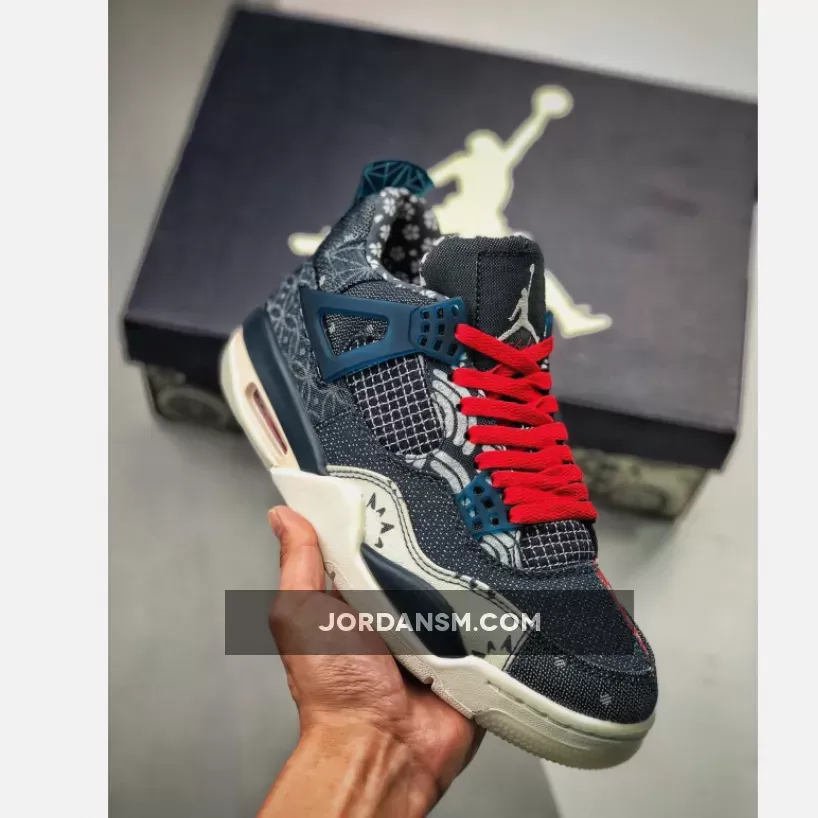Michael Jordan’s legendary status extends far beyond basketball. His partnership with Nike, one of the most successful endorsements in history, has generated billions of dollars for both parties. But was it a mutually beneficial arrangement, or did one party come out significantly ahead?
The Numbers Speak:
Since 1986, Jordan has earned an estimated $1.5 billion from Nike. Last year alone, his income from the partnership topped $150 million. This staggering success is attributed to the sheer volume of Air Jordans sold – over 2 billion pairs globally – and the lucrative licensing fees associated with the brand.
Mutual Benefits:
Nike benefited immensely from associating itself with Jordan’s unparalleled athleticism and competitive spirit. The Air Jordan brand became synonymous with basketball excellence, propelling Nike’s market share and profitability.
Jordan, on the other hand, gained access to unprecedented financial wealth and a platform to influence global culture. He became a marketing icon, shaping fashion trends and inspiring generations of athletes.
Potential Unequal Payoff:
While both parties achieved immense success, some argue that Jordan’s financial gain was significantly greater than Nike’s. Despite being paid handsomely, Jordan likely could have earned more if he had complete ownership of his brand.
Furthermore, Nike continues to capitalize on the Air Jordan legacy through new product releases, collaborations, and licensing deals, generating further revenue without directly sharing it with Jordan.
The Verdict:
The Michael Jordan-Nike partnership stands as a testament to the power of strategic endorsements. Both parties achieved unprecedented success, with Jordan becoming one of the wealthiest athletes in history and Nike solidifying its position as a leading sportswear brand. While questions linger about unequal benefits, the overall impact of this groundbreaking deal remains undeniable.
 Buy From: Air Jordan 4 SE ‘Sashiko’ Deep Ocean/Sail-Cement Grey-Fire Red CW0898-400 New Releases
Buy From: Air Jordan 4 SE ‘Sashiko’ Deep Ocean/Sail-Cement Grey-Fire Red CW0898-400 New Releases